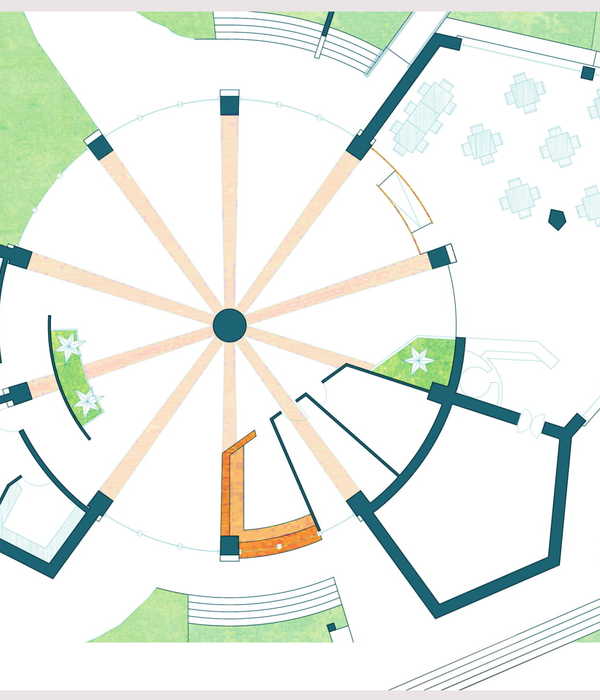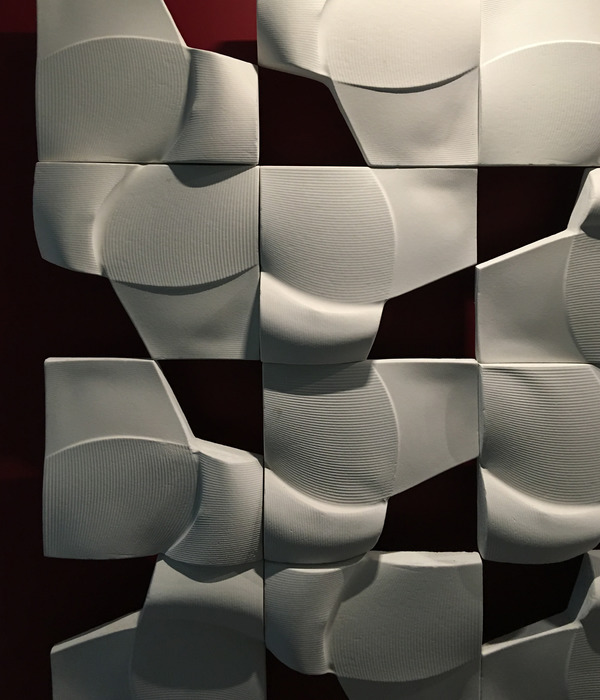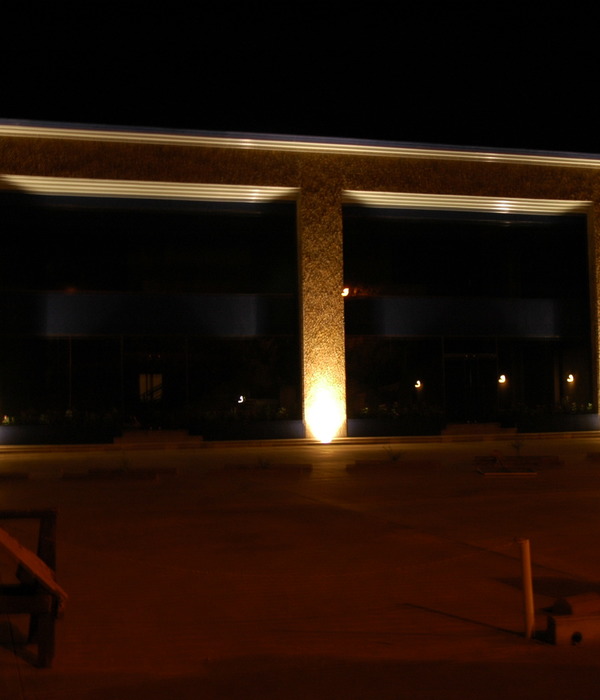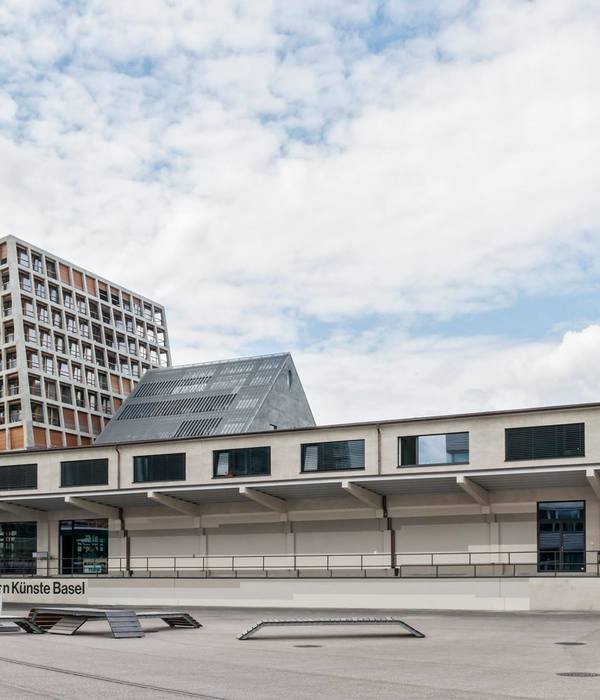ENG - Designed by Milanese architect Cino Zucchi and built and sponsored by De Castelli, directly from the province of Treviso comes the most powerful outdoor element in the highly anticipated Italian Pavilion at the soon-to-open 14th International Architecture Exhibition in Venice. Cino Zucchi – curator of the Pavilion on commission from MIBACT – has designed a large portal made of acid-finished Cor-ten steel. The portal, affectionately nicknamed “Archimbuto”, the ‘Archi-funnel’, because of its shape which harmonizes with the existing space and welcomes the visitors to the exhibition, enhances the expressive potential of the metal, thanks to the development of a special finish that highlights the typical colour range of steel – from gray to brown to blue. The project marks yet another step forward in the excellent understanding between the architect from Milan and the company founded in the Veneto region, which began two years ago with the installation Copycat. Empathy and Envy as form-makers’ created for the 13th Architecture Biennale, the only Italian project that won an Honourable Mention from the international jury of the Exhibition. This year, the portal designed by Zucchi offered De Castelli not only an exceptional exhibition venue, behind Sansovino’s seventeenth-century Gaggiandre in the Arsenale and not far from the extraordinary nineteenth-century metal hydraulic crane that was recently restored by MIBACT, but also a further stimulus to pursue its experimentations into the wide range of expressive possibilities offered by metal, innovating the hand-made production processes that have always been the distinguishing characteristic of the company founded in Cornuda by Albino Celato. This company, which has cultivated a family tradition that can boast three generations of metalworkers, has chosen to depart from the current models of metalworking to develop an absolutely contemporary perception, which at the scale of architecture and design refines both the most advanced industrial frontiers in this field and the crafting skills typical of the Venetian piedmont area, developing innovative finishes and production processes to serve their collaboration with famous Italian and international designers. The large curved portal of the Italian Pavilion will act as a ‘visual amplifier’ to funnel the visitors into the exhibition curated by Zucchi, which under the title ‘Innesti_Grafting’ will explore the reper-cussions of modernity in Italy, the theme suggested to the National Pavilions by the director of the 2014 Biennale Rem Koolhaas. Anchored to a cement platform, consisting in 163 panels for a total height of 10 meters and weighing 6 tons, the portal thus is also an explicit materialization of the title of the exhibition: ‘grafting’ contemporary creativity onto the ancient and beautiful spaces of the Arsenale, it is also a ‘link’ between inside and outside, the public dimension of the visitor itineraries and the more sheltered and reflexive enjoyment of the exhibition.
ITA - Disegnato dall’architetto milanese Cino Zucchi e realizzato e sponsorizzato da De Castelli, arriva direttamente dalla provincia di Treviso l’elemento esterno di maggiore impatto dell’atteso Padiglione Italiano alla ormai prossima 14. Mostra Internazionale di Architettura di Venezia. Cino Zucchi - curatore del Padiglione su incarico del MiBACT - ha infatti progettato un grande portale in Cor-ten acidato. Il portale, affettuosamente chiamato “Archimbuto” per la sua forma che risuona con lo spazio esistente e accoglie i visitatori alla mostra, valorizza le potenzialità espressive del metallo, con l’individuazione di una speciale finitura che esalta il tipico spettro cromatico compreso tra grigio, marrone e bluastro del ferro. Il progetto sigla l’ulteriore sviluppo della profonda sintonia tra architetto milanese e azienda veneta all’origine, due anni fa, dell’installazione ‘Copycat. Empathy and Envy as form-makers’ realizzata nell’ambito della 13. Biennale di Architettura, unico progetto italiano segnalato con Menzione d’Onore dalla giuria internazionale della mostra. Quest’anno, De Castelli trova con il portale disegnato da Zucchi non solo un’eccezionale location espositiva alle spalle delle seicentesche Gaggiandre sansoviniane dell’Arsenale e poco lontano dalla straordinaria, metallica gru idraulica ottocentesca da poco restaurata dal MiBACT, ma anche l’ulteriore impulso per proseguire l’indagine delle ampie possibilità espressive del metallo attraverso l’innovazione dei processi produttivi artigianali, che da sempre costituisce la caratteristica fondamentale dell’azienda fondata a Cornuda da Albino Celato. Azienda che, pur valorizzando una tradizione familiare che vede ben tre generazioni di fabbri, ha infatti scelto di discostarsi dalle modalità correnti di lavorazione del metallo allo scopo di offrirne una percezione assolutamente contemporanea, che alla scala architettonica e del design affina insieme le più evolute frontiere industriali del settore e le abilità artigianali proprie della pedemontana veneta, innovando finiture e processi produttivi anche grazie alla collaborazione con celebri designer italiani e internazionali. Il grande portale curvilineo del Padiglione Italia funzionerà da ‘amplificatore visivo’ introducendo i visitatori alla mostra curata da Zucchi, che con il titolo ‘Innesti_Grafting’ approfondirà le ripercussioni della modernità in ambito italiano, come suggerito ai Padiglioni Nazionali dal direttore della Biennale 2014 Rem Koolhaas. Ancorato a una platea di cemento, costituito da ben 163 pannelli per un’altezza complessiva di 10 metri e un peso di 6 tonnellate, il portale rappresenta la concreta esplicitazione del titolo della mostra: un ‘innesto’ della creatività contemporanea negli antichi e bellissimi spazi dell’Arsenale, e insieme un ‘link’ di connessione tra interno ed esterno, dimensione pubblica dei percorsi di visita e fruizione più appartata e riflessiva della mostra.
{{item.text_origin}}












